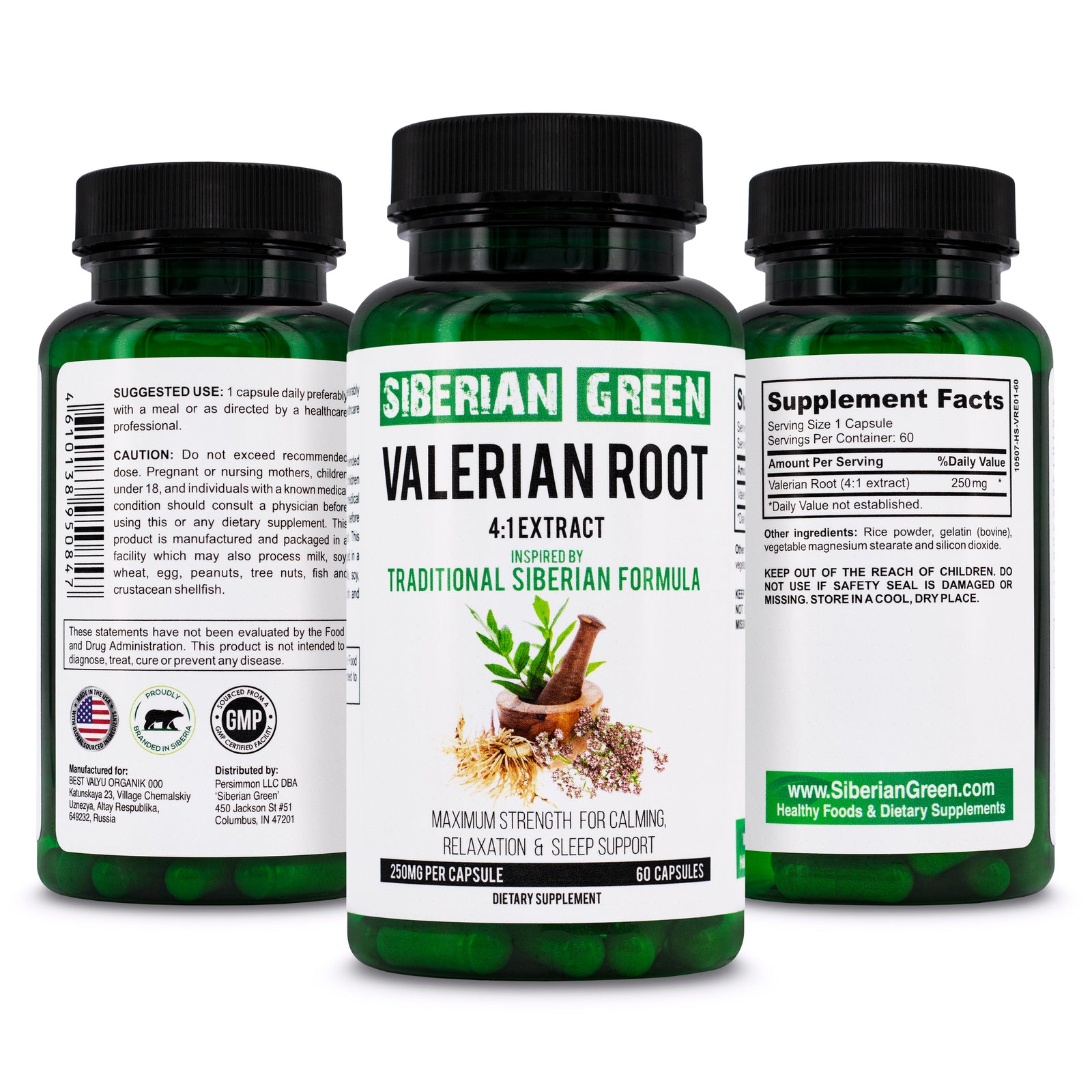Valerian herb (Valeriana officinalis) has a reputation for having a calming anti-stress effect, diuretic function, and restoration of the gastrointestinal tract. Almost every person who prefers to get rid of stress with the help of natural remedies knows this herb.
But there is a special type of valerian herb in the distant taiga region, which has unique healing properties and is very much appreciated by pharmacists and phytotherapists – “Stone Valerian” from Siberia. Patrinia sibirica has the second name of Siberian Valerian (Valeriana sibirica). It is a perennial herb that belongs to the Caprifoliaceae family and is used both in folk medicine and in scientific pharmacology.
What is so unique about this Siberian herb? In this article we will answer this question:
Biological and chemical features of “Stone Valerian”.
Siberian Valerian has a very developed root system. In this system, the root is thick enough and has many branches, on which a large number of dark-colored heads are formed. The rhizome of the Siberian herb gives numerous stems with flowers and shoots, as well as rosettes of leaves.
All stems of Patrinia sibirica are straight and have two longitudinal lines made up of many delicate hairs. The leaves are collected in rosettes with deep dissections in the form of feathers. In infertile rosettes, the leaves have a different shape. In some cases, there are leaves with serrated edges or dissected in the form of a feather, but such leaves are not pubescent.
Flowers appear on the stems of Siberian valerian, which are collected in inflorescences and are located at the end of the stem. The flowering of the valerian herb begins in May and lasts until the beginning of July. After the end of flowering, dry fruit is formed, in which there are three nests. Only one nest contains grain, the other nests are empty.
The herb grows on gravelly slopes and rocks, and it can also be found in dry pine or birch forests, in steppes, subalpine meadows, tundra, on rocky river coasts in Eastern Siberia.
Medicinal value of Valeriana sibirica.
The healing properties of Stone valerian have not been studied enough. However, at the moment, a special extract is being made from the roots of this plant. This remedy has a significant sedative effect and allows you to treat several diseases of the nervous system, also has an effect on the cardiovascular system, whose diseases act as concomitant diseases with the progression of neuralgia, nervousness, and other diseases.
At the same time, Siberian valerian has a stronger effect on the human body than ordinary Valeriana officinalis. However, this medicine has some side effects, among which nausea, depression, drowsiness, headaches are distinguished. All these symptoms disappear immediately after the withdrawal of the infusion or decoction of Siberian valerian. Do not use valerian from Siberia to persons with pronounced arterial hypertension.
Here's what else you will need to know about Patrinia sibirica:
Siberian valerian is most effective when you take it for 2 or more weeks.
Since different dosages were used in different studies and many studies were not thorough enough, it is unclear which doses are most effective, as well as how long a particular dose should be taken.
Possible side effects.
Although Siberian valerian is considered quite safe, side effects such as headache, dizziness, indigestion, or insomnia may occur when taking it.
The use of valerian may not be safe during pregnancy and lactation. There are also no safety assessments of its use for children under 3 years of age. If you suffer from liver diseases, avoid using valerian. And, since valerian can cause drowsiness, do not get behind the wheel of a car and do not operate other dangerous equipment after taking the drug.
Drug interactions are possible.
Stone valerian can enhance the effect of other sleeping pills. It also enhances the sedative effect of alcohol.
Patrinia sibirica can reduce the effect of some prescription drugs, as well as interact with other dietary supplements, for example, with Hypericum. If you plan to take valerian, consult with your doctor about possible drug interactions.





Leave a comment (all fields required)